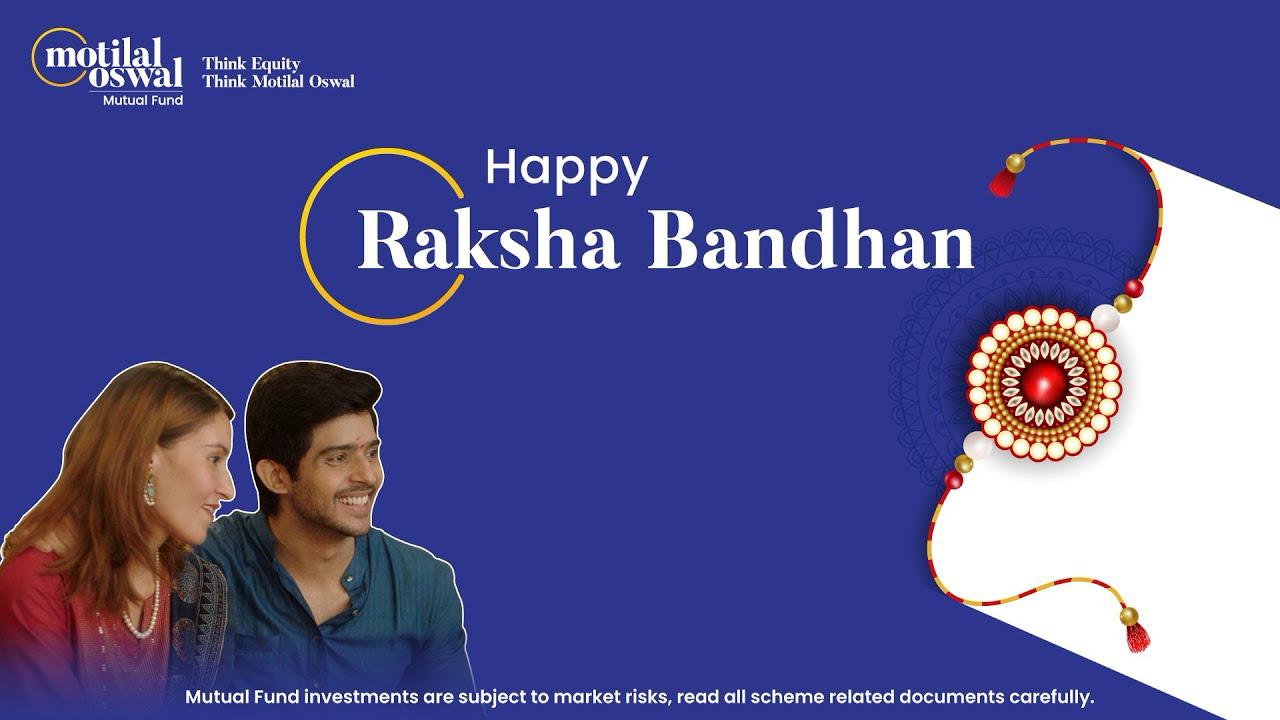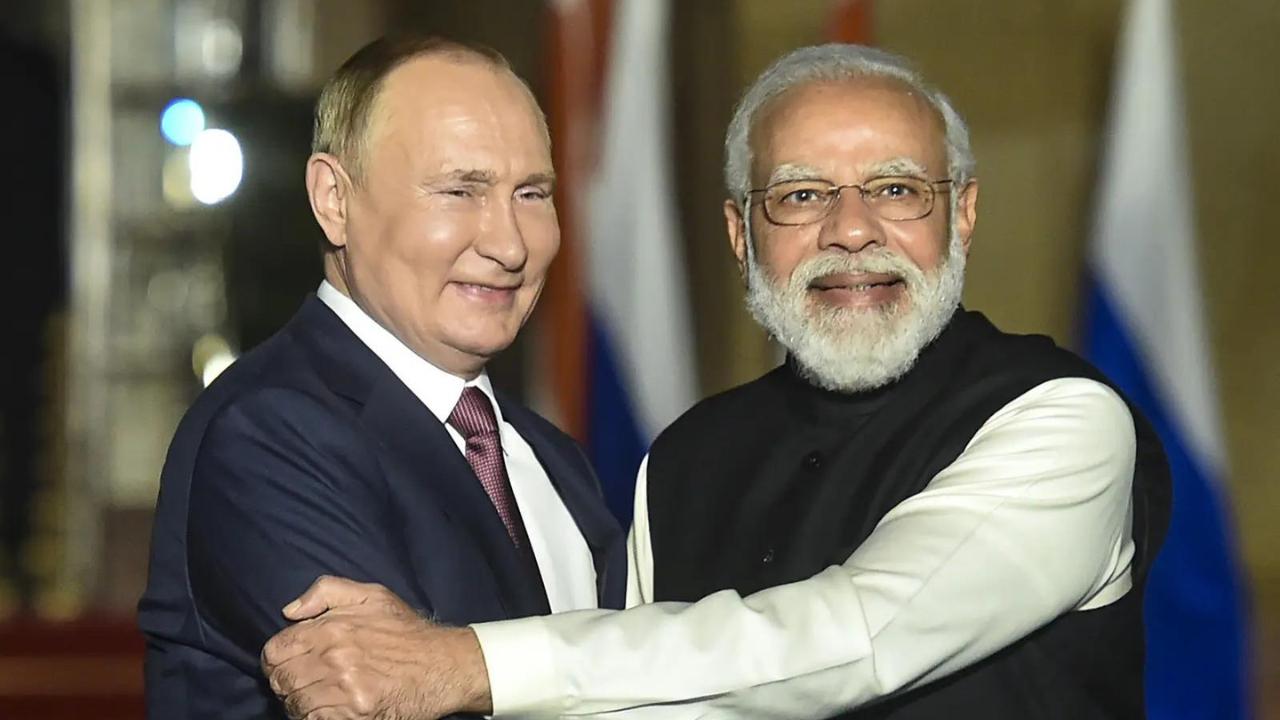 Image Source: The Independent
Image Source: The Independent
Donald Trump, now at the helm of a sweeping trade policy overhaul, sent shockwaves through global markets and policy circles by warning that the United States could face a repeat of the 1929 Great Depression if courts overturn his controversial tariffs. As the debate rages about the economic consequences of Trump’s hardline approach, his rhetoric and historical references have reignited discussion of protectionism’s risks and rewards.
Key Highlights: Trump’s Rationale and Economic Stakes
Trump has repeatedly claimed that his tariffs—recently expanded to cover a broad range of imports with rates as high as 50% for some countries—have fueled stock market records, brought “hundreds of billions of dollars” into U.S. coffers, and created unprecedented “wealth, strength, and power.”
He cautions that a federal court ruling against his trade policies would erase these gains, echoing the economic devastation of 1929 and the decade-long Great Depression that followed.
The case under review involves business and state claims that tariffs, imposed under the International Emergency Economic Powers Act, have harmed U.S. interests. A decision is expected soon, amplifying the political and economic stakes.
Trump’s Historical Reference: Revisiting the Great Depression
The Great Depression was triggered by the 1929 Wall Street crash and lasted until the late 1930s, with U.S. unemployment soaring to 25%, widespread bank collapses, and long-term hardship for millions.
In his recent remarks, Trump argues that had the U.S. retained its high tariff protections, the Depression could have been avoided—an interpretation most mainstream historians dispute. He suggests that striking down his tariffs now would make recovery “impossible,” drawing a parallel to the catastrophic chain reaction of 1929.
He singles out a “Radical Left Court” as the potential agent of disaster, asserting that undermining his measures would destroy the “largest amount of money, wealth creation and influence the U.S.A. has ever seen.”
Contemporary Tariffs and the Smoot-Hawley Legacy
Trump’s tariff hikes are the highest imposed by the U.S. since the notorious Smoot-Hawley Tariff Act of 1930, widely regarded as an error that worsened the Depression. That act raised import duties sharply, prompting international retaliation and a collapse in global trade.
Numerous economists argue that high protective tariffs during the 1930s, far from shielding the economy, catalyzed a vicious cycle of shrinking exports, stock market collapses, and job losses—paralleling concerns about today’s protectionist measures.
Trump, however, frames his strategy as reversing decades of “unfair trade” and restoring economic independence. He portrays tariffs as vital tools for domestic manufacturing, fiscal health, and a substitute for income tax revenues.
Courtroom Drama and International Ripples
The U.S. Court of Appeals for the Federal Circuit is tasked with evaluating the legality of Trump’s tariffs, with affected parties—including India, Brazil, and others facing steep tariff increases—watching closely.
Trump insists any adverse ruling should have come earlier, warning that overturning tariffs now would risk America’s “chance at greatness,” with serious consequences for the economy’s ongoing recovery.
Historical Lessons and Economic Crossroads
Trump’s defense of tariffs through a 1929 lens has drawn widespread skepticism from economists and historians, who note that trade wars and protectionism deepened, not prevented, the Great Depression.
With the country’s economic trajectory and global trade system on the line, the outcome of the pending court decision could shape the American and international economic landscape for years.
Looking Ahead
As Trump doubles down on tariffs and invokes lessons from the darkest days of U.S. economic history, business leaders, economists, and the global community remain divided. Whether his dire predictions sway the courts or the public, America again stands at a crossroads between protection and openness, with echoes from 1929 warning of both promise and peril.
Sources: The Week, India Today, NDTV, Economic Times
Advertisement
Advertisement




